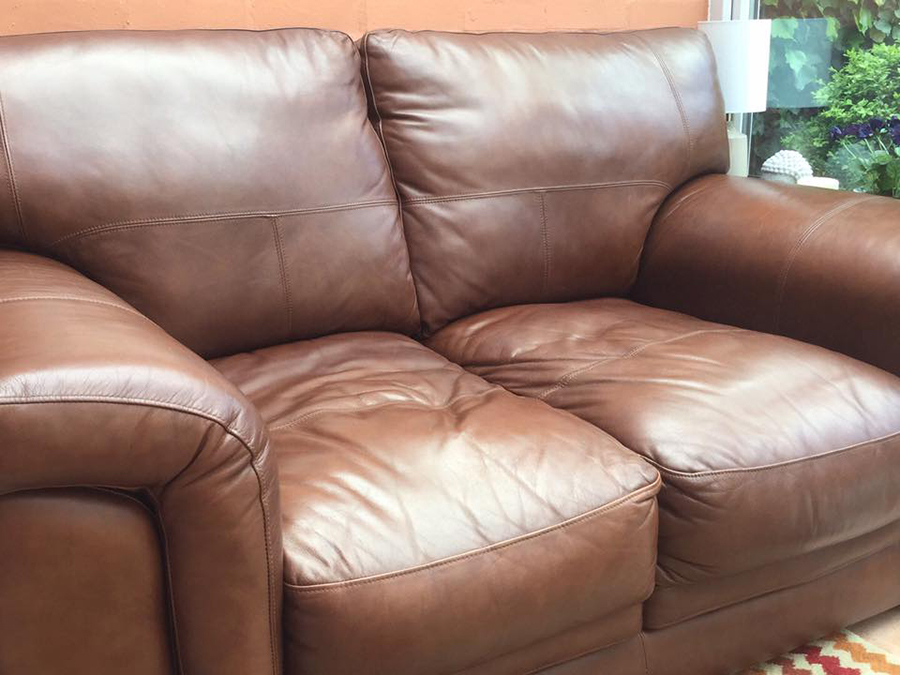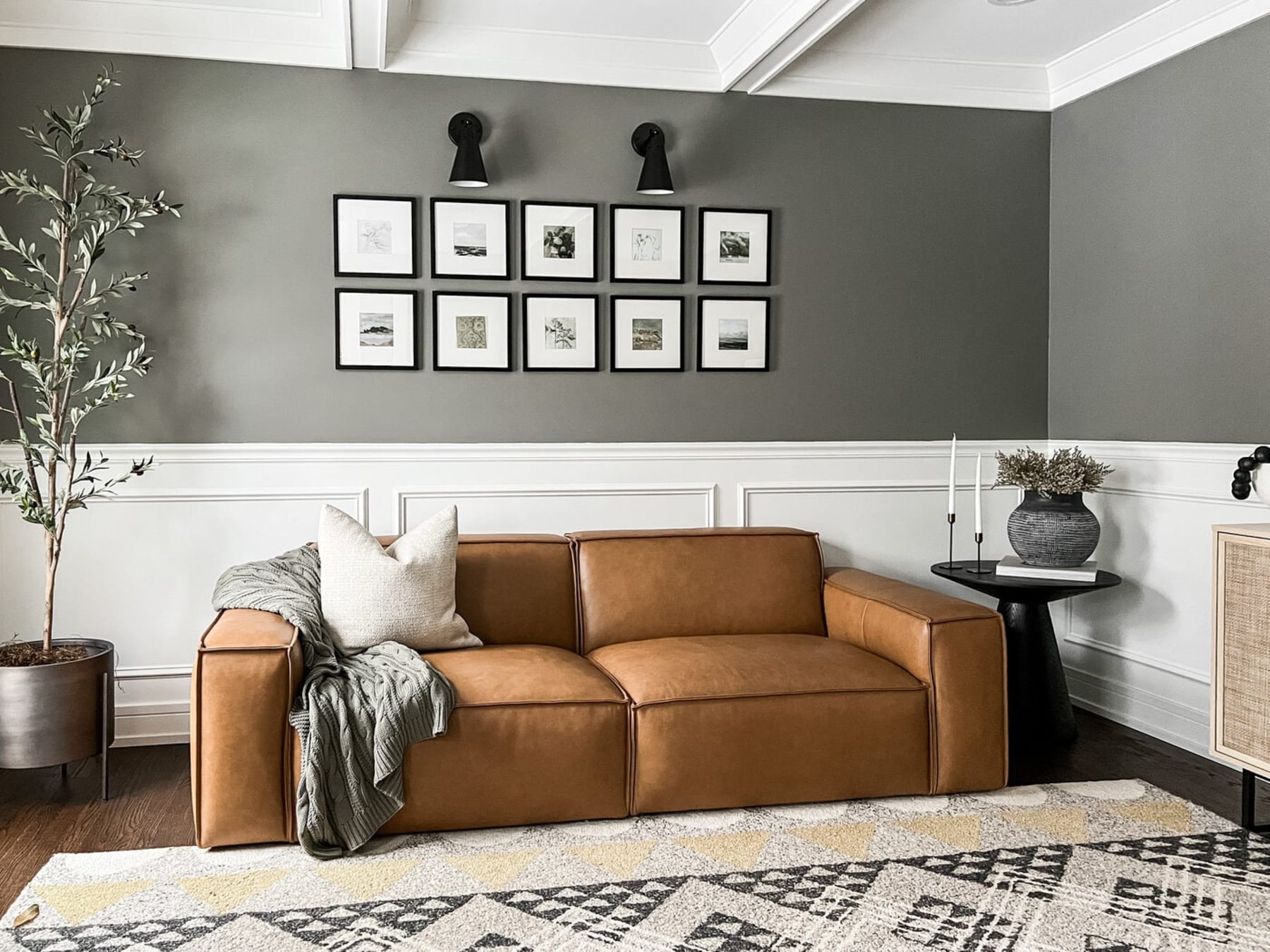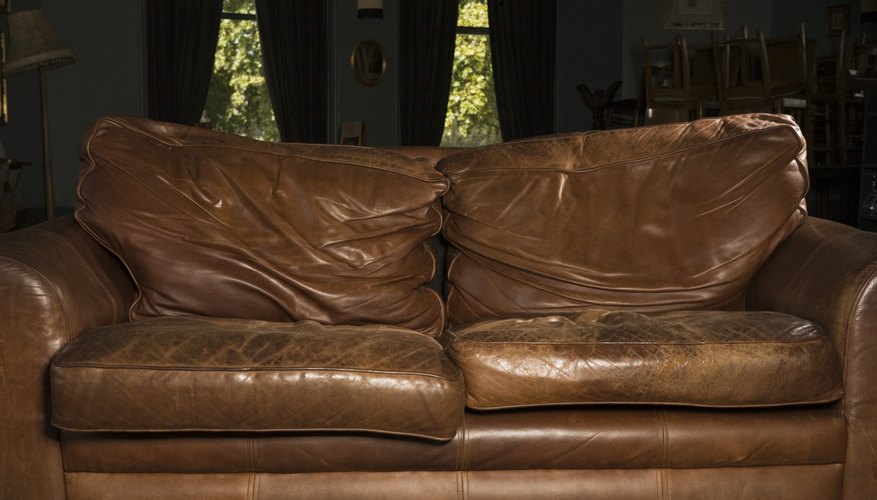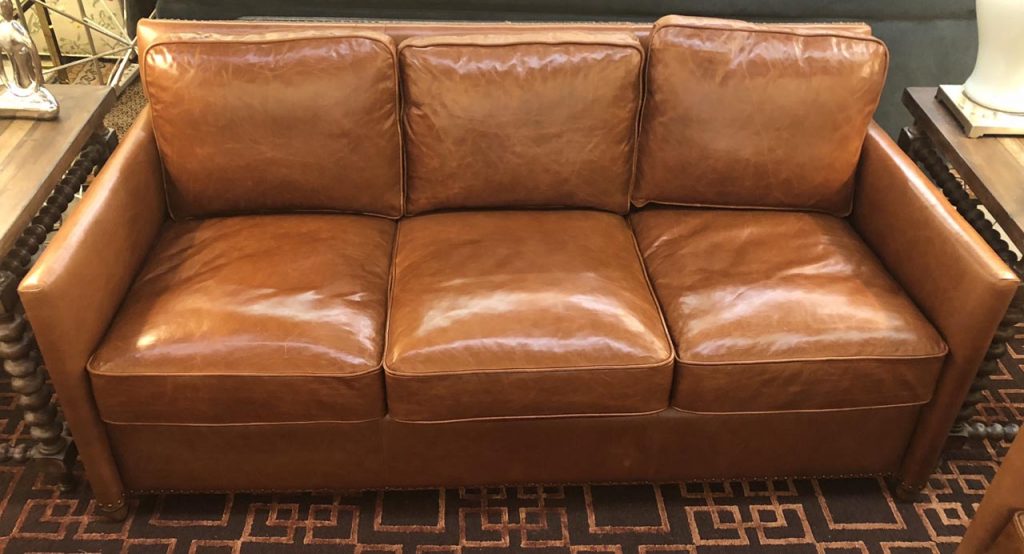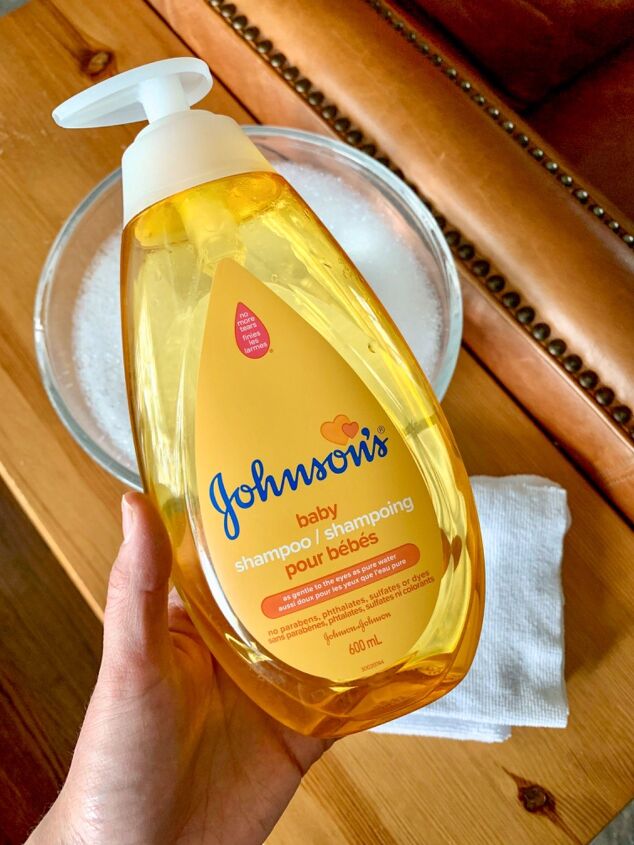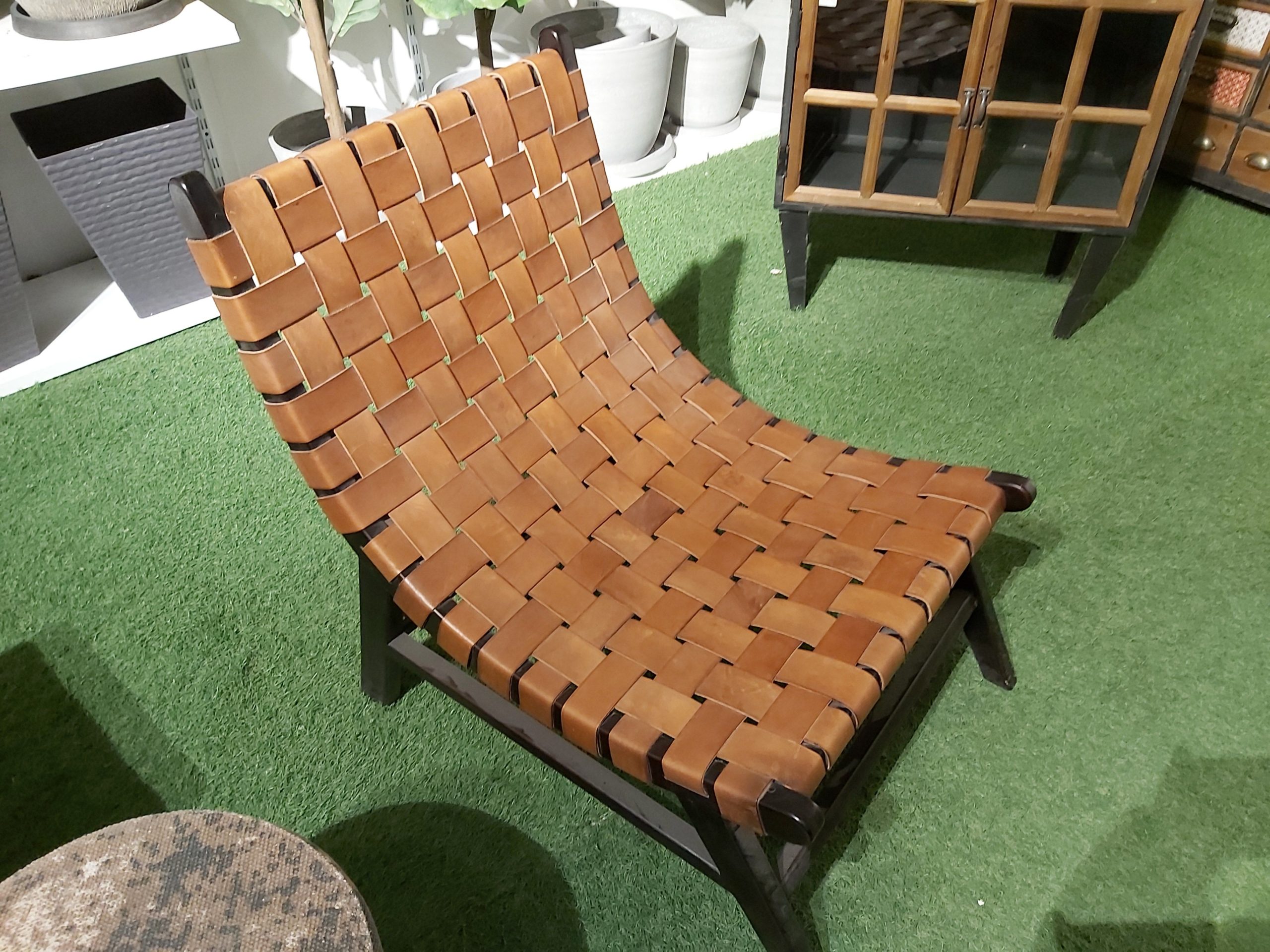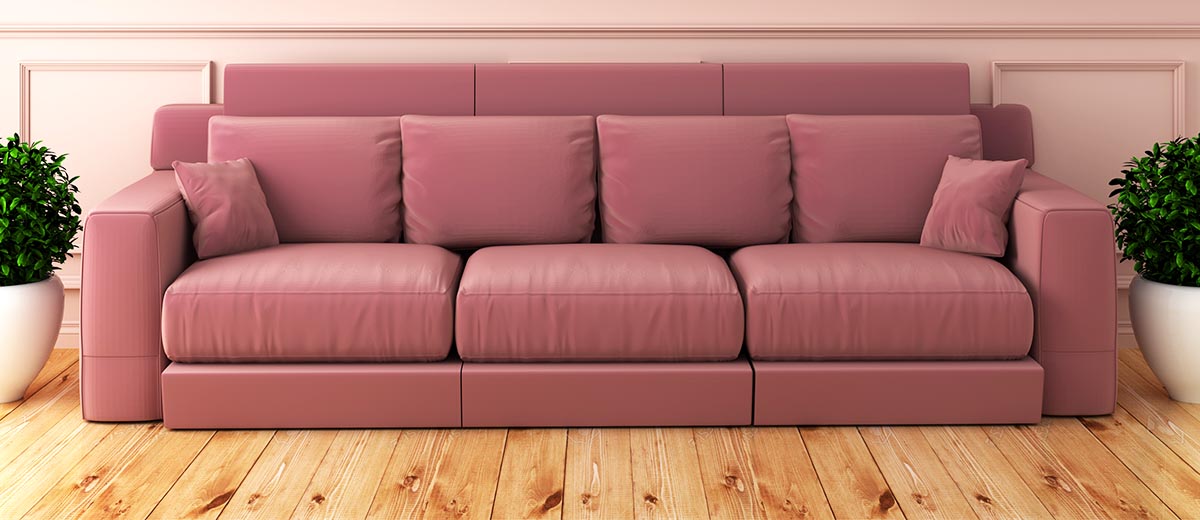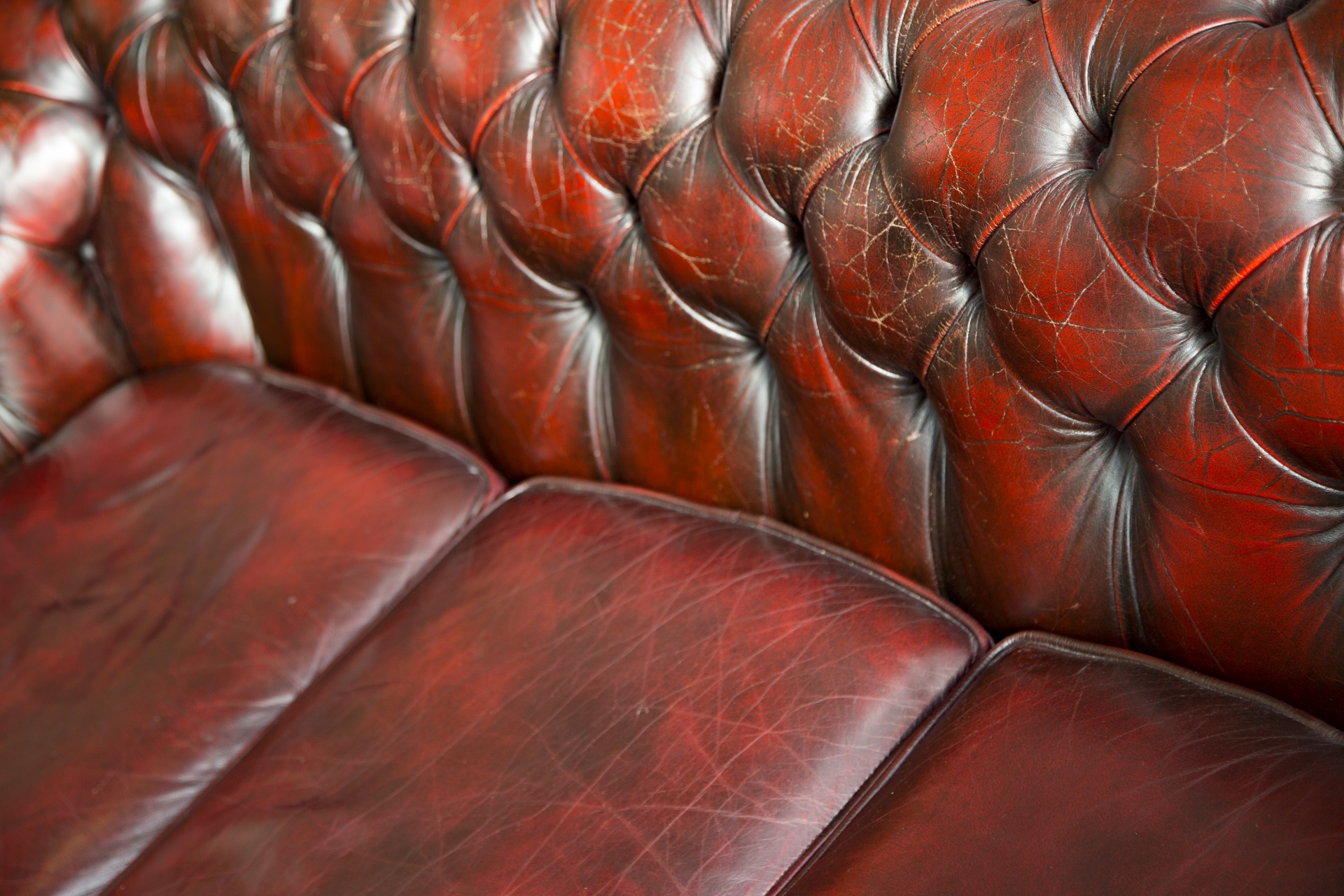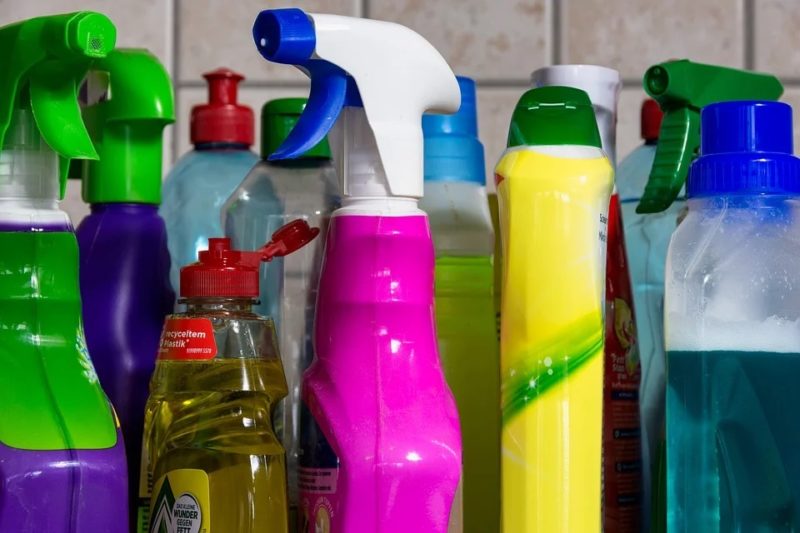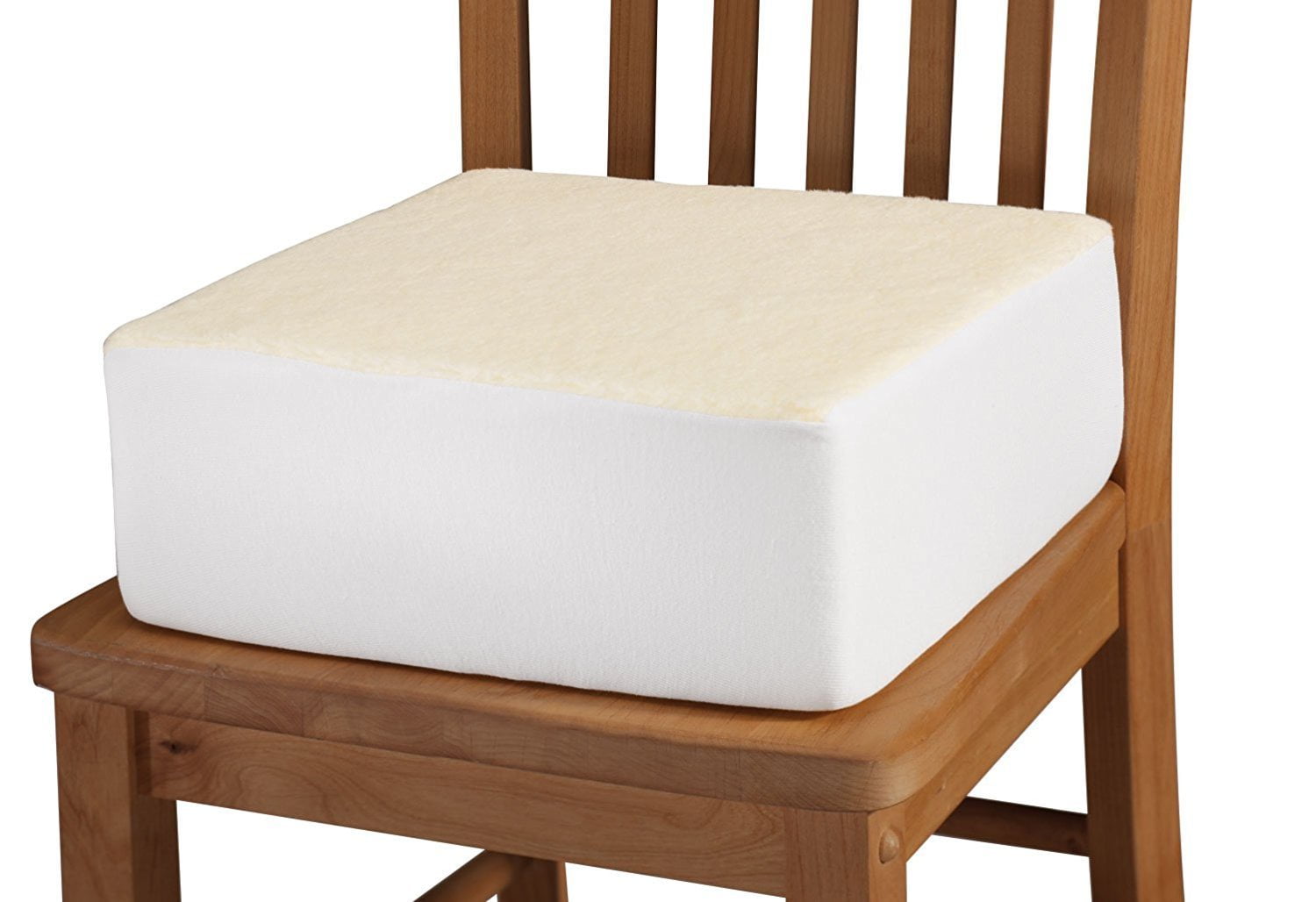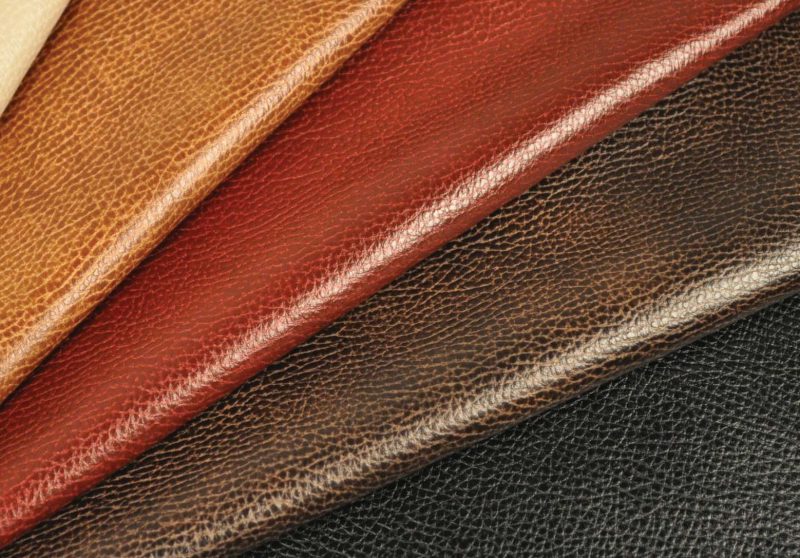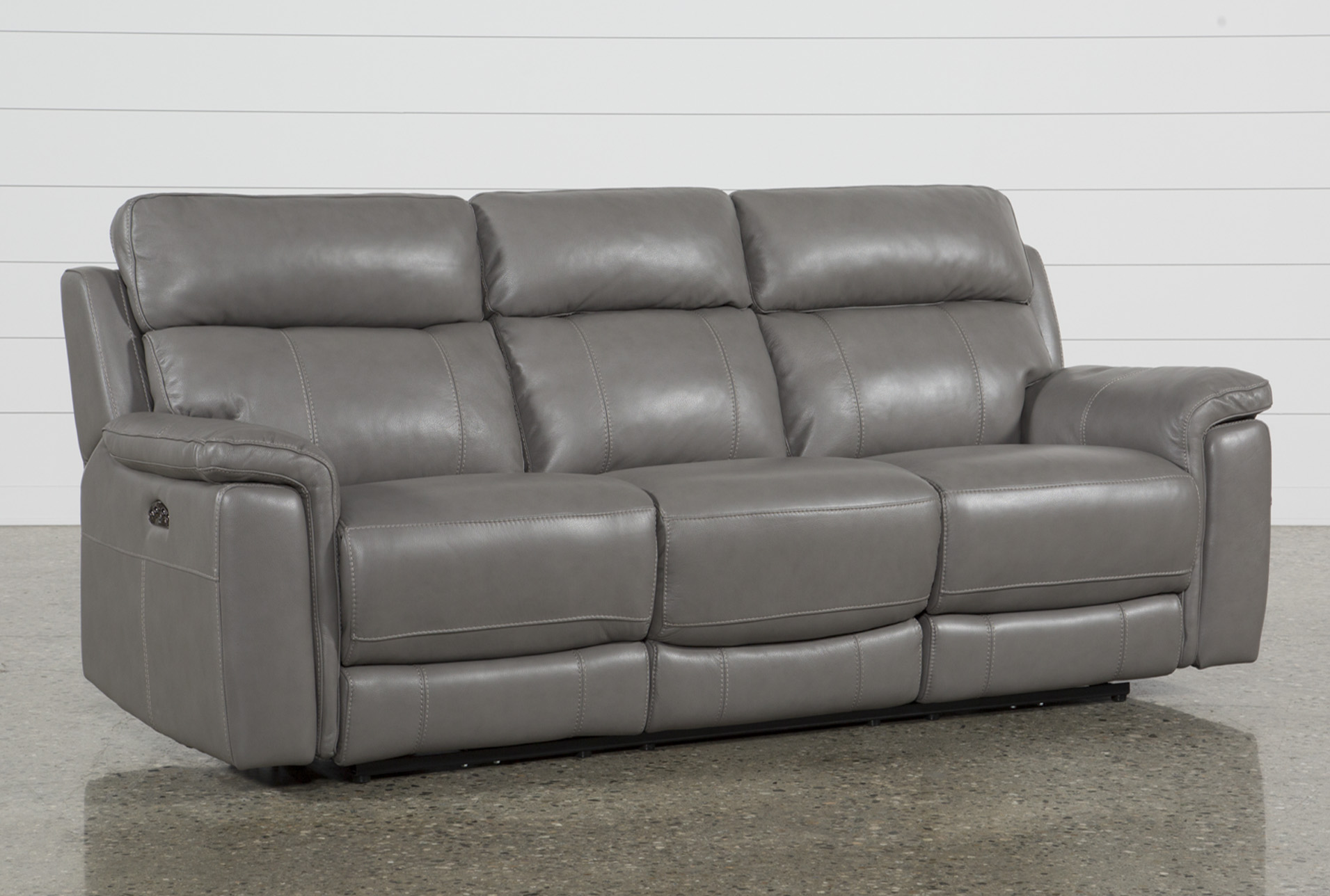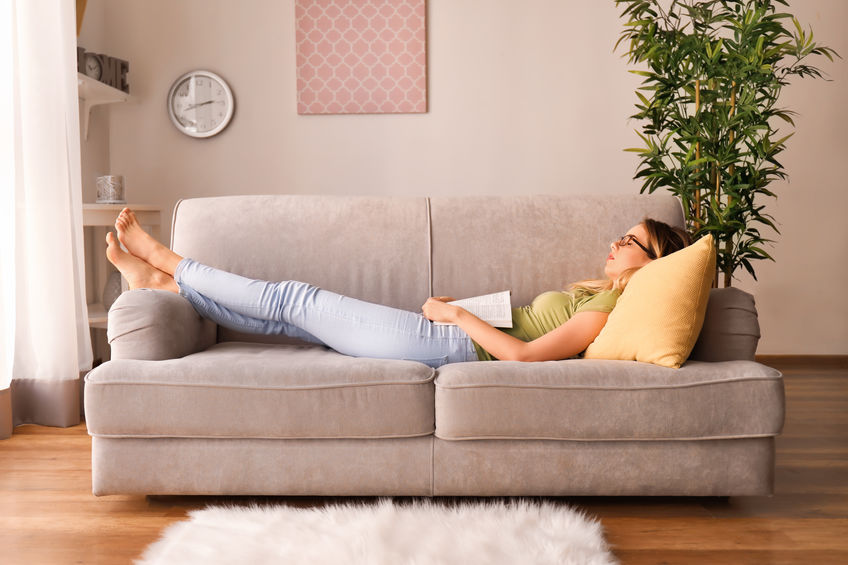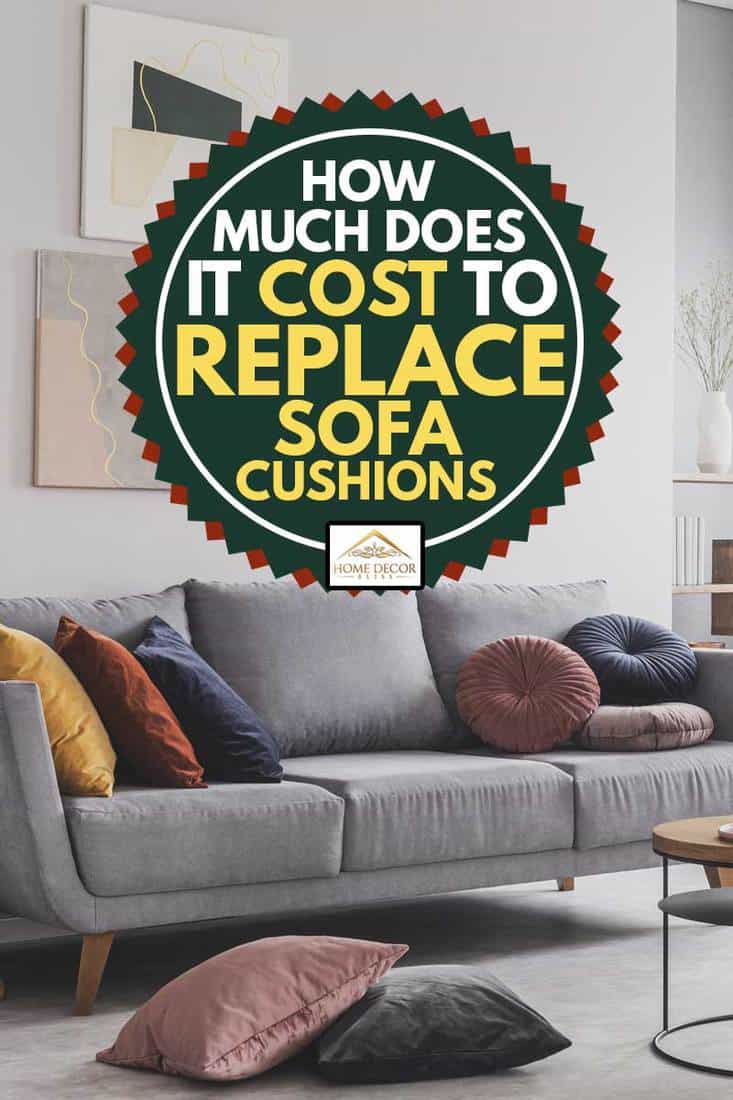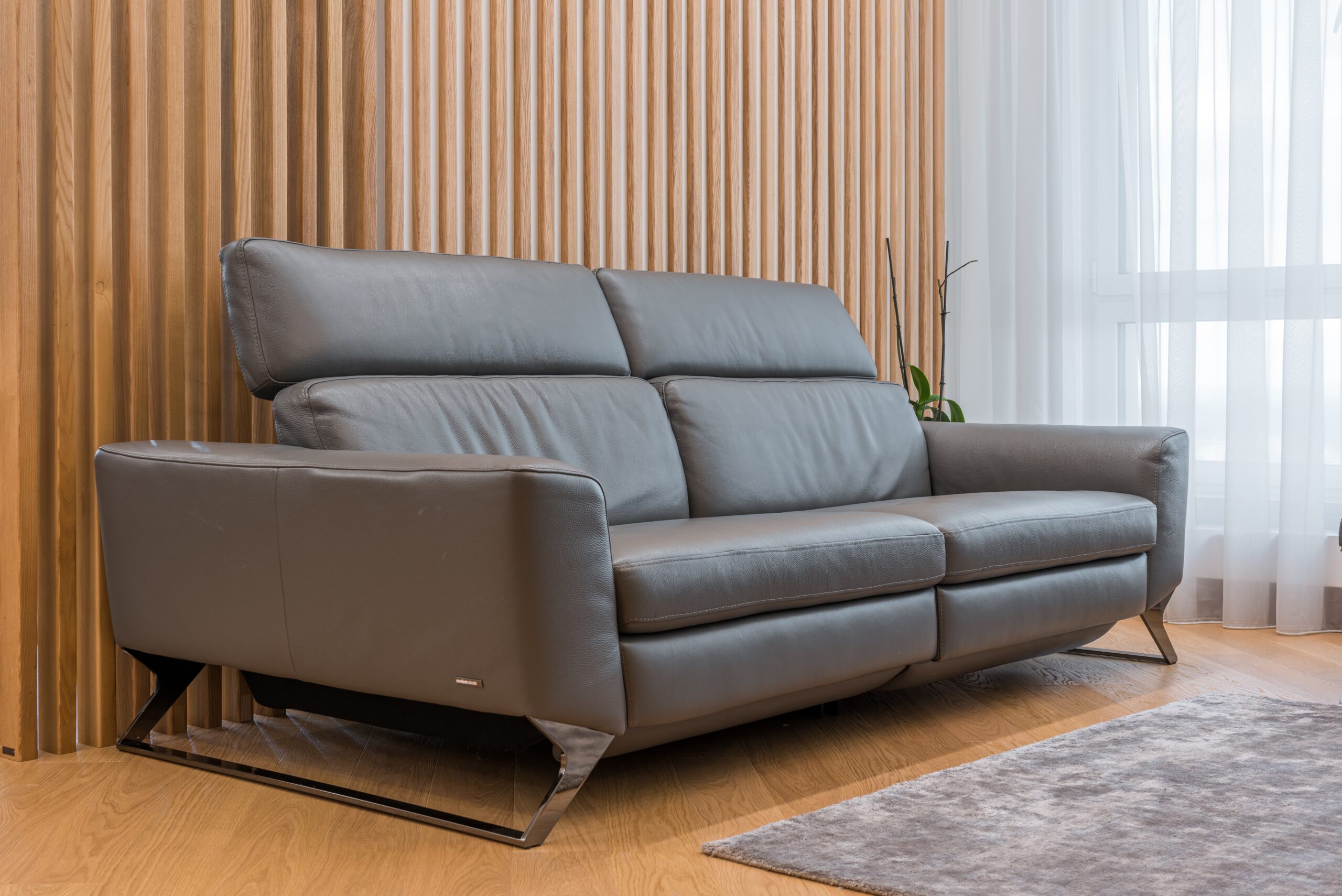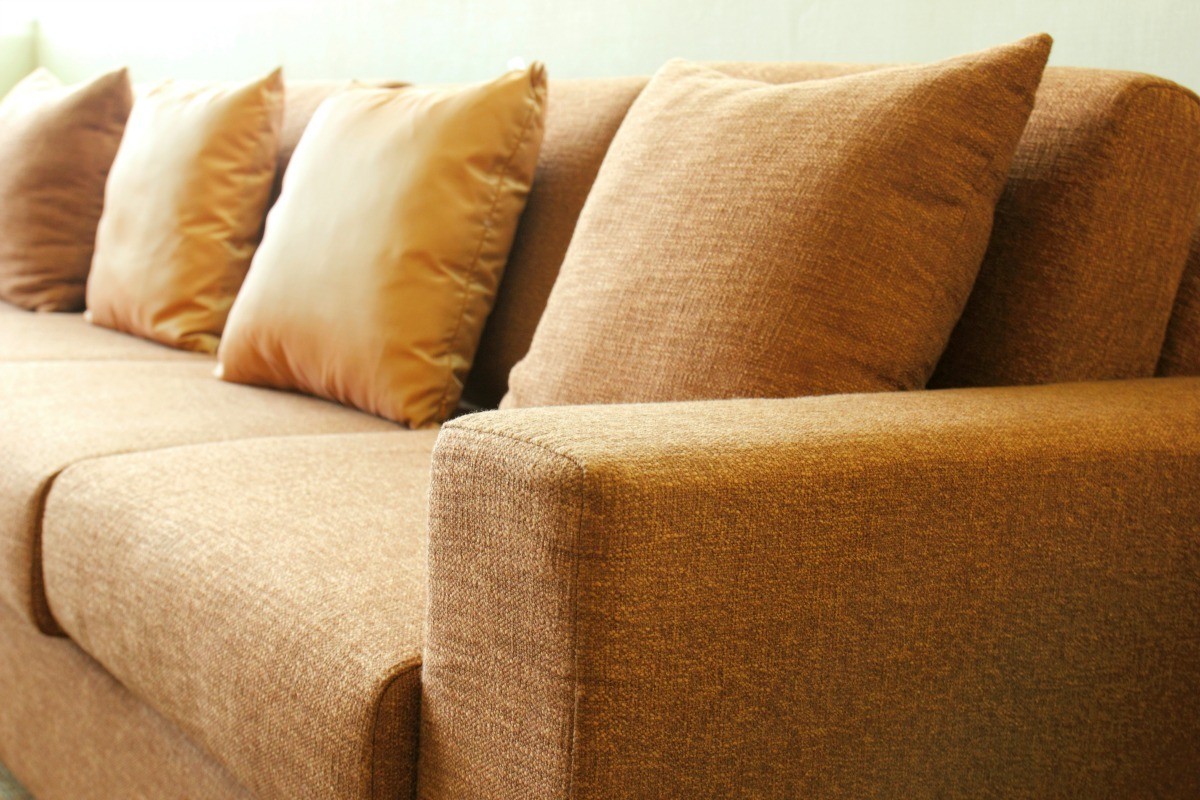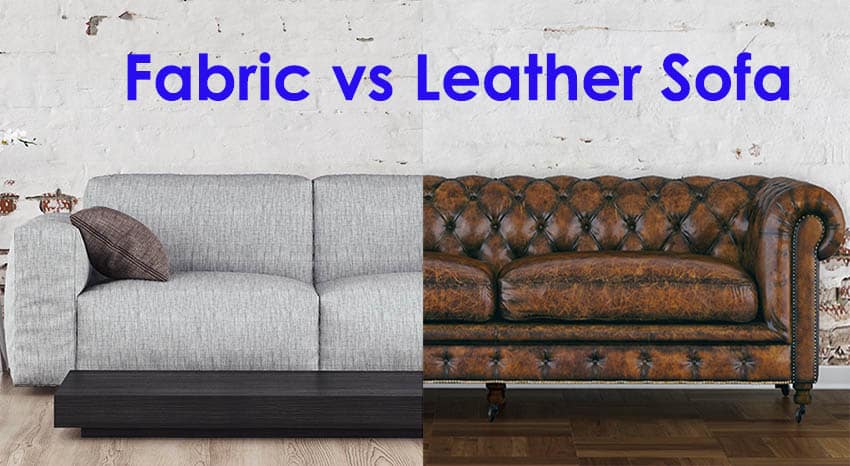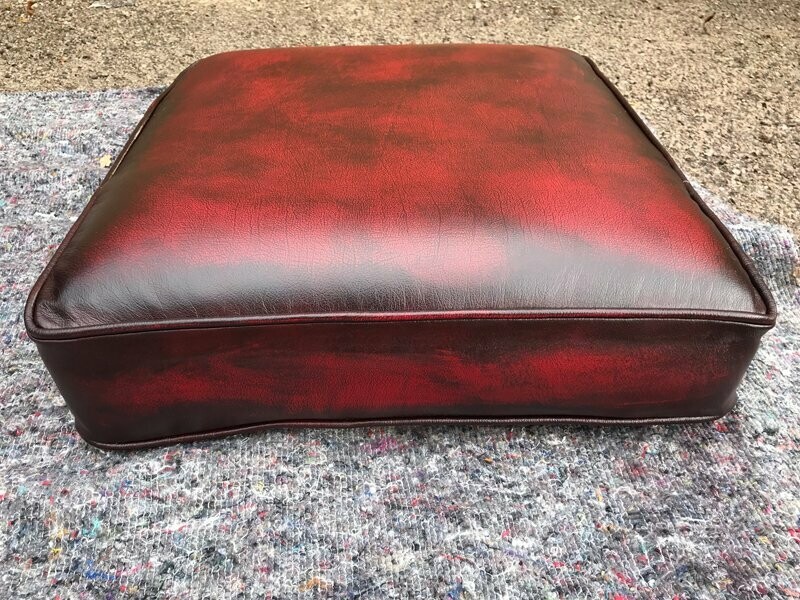When it comes to giving your living room a fresh new look, re-cushioning your leather sofa can make all the difference. Over time, the cushions on your sofa can become flat, lumpy, and uncomfortable, making it less enjoyable to sit on. Re-cushioning is a cost-effective way to revive your leather sofa and bring back its comfort and style. In this article, we'll cover everything you need to know about re-cushioning a leather sofa.Re-Cushioning a Leather Sofa: What You Need to Know
The first step in re-cushioning your leather sofa is to assess the current state of your cushions. Are they lumpy, sagging, or torn? Depending on the condition, you may need to replace the entire cushion or just add extra padding. If the cushion covers are removable, you can easily replace the inserts with new foam. However, if the cushions are not removable, you can still add extra padding by cutting foam inserts to fit inside the cushion covers.How to Re-Cushion a Leather Sofa
Re-cushioning a leather sofa is a project that can easily be done at home with the right tools and materials. If you're a DIY enthusiast, this is a great opportunity to save some money and get creative. Start by removing the old cushions and measuring the space inside the cushion covers. Then, purchase high-density foam that is at least 2 inches thick and cut it to fit inside the covers. You can also add a layer of batting to provide extra cushioning. Finally, insert the new foam into the covers and zip them back up.DIY: Re-Cushioning a Leather Sofa
If you're new to re-cushioning or simply prefer a more detailed guide, here's a step-by-step process to follow: Step 1: Measure the space inside the cushion covers and purchase foam that is at least 2 inches thick. You may also want to consider adding batting for extra cushioning. Step 2: Remove the old cushions from the covers and clean the covers if necessary. Step 3: Cut the foam to fit inside the covers, leaving a little extra space to allow for compression over time. Step 4: If using batting, cut it to the same size as the foam and place it on top. Step 5: Insert the foam and batting into the cushion covers and zip them back up. Step 6: Fluff the cushions and place them back on the sofa.Re-Cushioning a Leather Sofa: Step-by-Step Guide
When it comes to choosing the right materials for re-cushioning your leather sofa, it's important to invest in high-quality foam. High-density foam, also known as polyurethane foam, is durable and provides excellent support for your cushions. You can also opt for foam with a higher density for extra firmness. Additionally, consider adding batting or down feathers for added comfort and softness.Best Materials for Re-Cushioning a Leather Sofa
If your leather sofa is showing signs of wear and tear, you may be wondering if it's better to re-cushion or reupholster it. Re-cushioning is a faster and more affordable option, but it may not fix any structural damage to the sofa. Reupholstering, on the other hand, involves replacing the entire fabric and can be more costly and time-consuming. If your sofa is in good condition except for the cushions, re-cushioning is the best choice.Re-Cushioning vs. Reupholstering: Which is Right for Your Leather Sofa?
The cost of re-cushioning a leather sofa can vary depending on the size and quality of materials used. On average, you can expect to pay around $100-$300 per cushion for professional re-cushioning services. If you're doing it yourself, you can save money by purchasing materials and foam inserts separately. However, keep in mind that the cost may be higher if you need to replace the entire cushion.How Much Does it Cost to Re-Cushion a Leather Sofa?
Once you've re-cushioned your leather sofa, you'll want to ensure it stays in good condition for as long as possible. Here are some top tips for maintaining your re-cushioned leather sofa: 1. Rotate the cushions regularly: To prevent one side from getting more worn out than the other, rotate your sofa cushions every few months. 2. Avoid direct sunlight: Direct sunlight can cause the leather to fade and crack over time. If possible, place your sofa away from windows or use curtains to block out the sun. 3. Clean and condition the leather: Regularly clean and condition your leather sofa to keep it looking and feeling like new. Use a leather cleaner and conditioner specifically designed for leather furniture. 4. Use furniture covers: If you have pets or children, using furniture covers can help protect your sofa from spills and scratches.Top Tips for Maintaining Your Re-Cushioned Leather Sofa
Deciding whether to hire a professional or do it yourself can depend on your budget, time, and skill level. If you're not confident in your DIY abilities or don't have the time to tackle this project, it's best to hire a professional. They have the expertise and tools to get the job done right. However, if you enjoy DIY projects and are looking to save some money, re-cushioning your leather sofa yourself can be a rewarding experience.Re-Cushioning a Leather Sofa: Professional vs. DIY
If you've decided to re-cushion your leather sofa yourself, you may be wondering where to find replacement cushions. Many home improvement stores and online retailers sell foam inserts in various sizes and densities. You can also purchase batting and down feathers at these stores or online. Be sure to measure your cushion covers and choose the right materials for your desired level of comfort. In conclusion, re-cushioning a leather sofa is a great way to give your living room a makeover without breaking the bank. Whether you choose to hire a professional or take on the project yourself, following these tips and steps will help you achieve a beautifully re-cushioned leather sofa that will provide comfort and style for years to come.Where to Buy Replacement Cushions for Your Leather Sofa
Why a Re-cushioned Leather Sofa is the Perfect Addition to Your Home

The Benefits of Choosing a Leather Sofa
 When it comes to choosing furniture for your home, a leather sofa is always a popular choice. Not only does it add a touch of elegance and sophistication to any room, but it is also a durable and long-lasting material. Leather sofas are known for their ability to withstand wear and tear and can easily withstand spills and stains. However, over time, even the most well-made leather sofas can start to show signs of wear and tear. The cushions may start to sag or lose their shape, making the sofa less comfortable and less visually appealing. This is where
re-cushioning
comes in.
When it comes to choosing furniture for your home, a leather sofa is always a popular choice. Not only does it add a touch of elegance and sophistication to any room, but it is also a durable and long-lasting material. Leather sofas are known for their ability to withstand wear and tear and can easily withstand spills and stains. However, over time, even the most well-made leather sofas can start to show signs of wear and tear. The cushions may start to sag or lose their shape, making the sofa less comfortable and less visually appealing. This is where
re-cushioning
comes in.
Why Re-cushioning is the Solution
 Re-cushioning your leather sofa is a cost-effective way to give it a new lease on life. Rather than replacing the entire sofa, which can be a significant expense, re-cushioning allows you to replace only the worn-out cushions. This not only saves you money but also allows you to keep your beloved leather sofa, which may hold sentimental value. With re-cushioning, you can choose from a variety of cushion fillings, ensuring that your sofa is not only comfortable but also meets your specific needs.
Re-cushioning your leather sofa is a cost-effective way to give it a new lease on life. Rather than replacing the entire sofa, which can be a significant expense, re-cushioning allows you to replace only the worn-out cushions. This not only saves you money but also allows you to keep your beloved leather sofa, which may hold sentimental value. With re-cushioning, you can choose from a variety of cushion fillings, ensuring that your sofa is not only comfortable but also meets your specific needs.
The Advantages of Leather Sofa Re-cushioning
 Not only does re-cushioning save you money, but it also has other benefits. One of the main advantages is that it allows you to customize your sofa to your liking. You can choose the level of firmness for your cushions, ensuring that you have the perfect balance of comfort and support. Additionally, re-cushioning can help restore the appearance of your sofa. The new cushions will give your sofa a fuller and more visually appealing look, making it look as good as new.
Not only does re-cushioning save you money, but it also has other benefits. One of the main advantages is that it allows you to customize your sofa to your liking. You can choose the level of firmness for your cushions, ensuring that you have the perfect balance of comfort and support. Additionally, re-cushioning can help restore the appearance of your sofa. The new cushions will give your sofa a fuller and more visually appealing look, making it look as good as new.
Why Choose a Professional for Re-cushioning
 While it may be tempting to try and re-cushion your leather sofa yourself, it is always best to leave it to the professionals. Re-cushioning requires specialized knowledge and techniques to ensure that the cushions are properly fitted and the sofa is not damaged in the process. Professional re-cushioning services have the necessary tools and expertise to get the job done efficiently and effectively, giving you peace of mind and a beautifully re-cushioned leather sofa.
In conclusion,
re-cushioning
your leather sofa is a smart and practical choice for both aesthetic and financial reasons. Not only does it allow you to revive your beloved piece of furniture, but it also gives you the opportunity to customize it to your liking. So, why wait? Contact a professional re-cushioning service today and give your leather sofa the makeover it deserves.
While it may be tempting to try and re-cushion your leather sofa yourself, it is always best to leave it to the professionals. Re-cushioning requires specialized knowledge and techniques to ensure that the cushions are properly fitted and the sofa is not damaged in the process. Professional re-cushioning services have the necessary tools and expertise to get the job done efficiently and effectively, giving you peace of mind and a beautifully re-cushioned leather sofa.
In conclusion,
re-cushioning
your leather sofa is a smart and practical choice for both aesthetic and financial reasons. Not only does it allow you to revive your beloved piece of furniture, but it also gives you the opportunity to customize it to your liking. So, why wait? Contact a professional re-cushioning service today and give your leather sofa the makeover it deserves.



